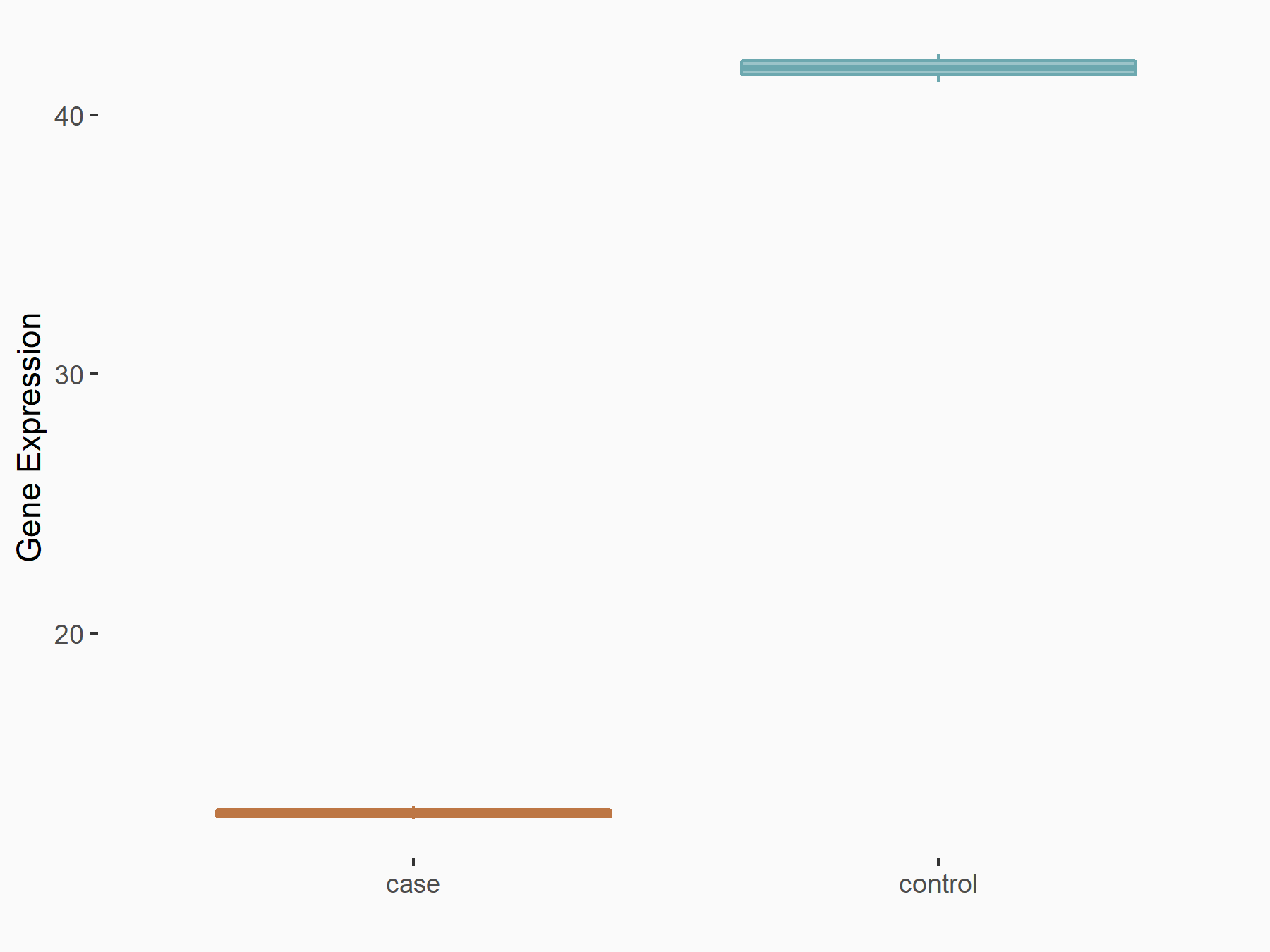m6A Target Gene Information
General Information of the m6A Target Gene (ID: M6ATAR00737)
Full List of m6A Methylation Regulator of This Target Gene and Corresponding Disease/Drug Response(s)
TGF-Beta-R2
can be regulated by the following regulator(s), and cause disease/drug response(s). You can browse detail information of regulator(s) or disease/drug response(s).
Browse Regulator
Browse Disease
RNA demethylase ALKBH5 (ALKBH5) [ERASER]
| Representative RNA-seq result indicating the expression of this target gene regulated by ALKBH5 | ||
| Cell Line | NOMO-1 cell line | Homo sapiens |
|
Treatment: shALKBH5 NOMO-1 cells
Control: shNS NOMO-1 cells
|
GSE144968 | |
| Regulation |
  |
logFC: -1.61E+00 p-value: 9.99E-05 |
| More Results | Click to View More RNA-seq Results | |
| In total 1 item(s) under this regulator | ||||
| Experiment 1 Reporting the m6A Methylation Regulator of This Target Gene | [1] | |||
| Response Summary | ALKBH5 weakens YTHDF1/3-mediated TGF-beta receptor type-2 (TGF-Beta-R2) and SMAD3 mRNA stabilization, and abolishes YTHDF2-mediated SMAD6 mRNA degradation, supporting the notion that ALKBH5 inhibits TGF-Beta-induced EMT and invasion of NSCLC cells via YTHD1/2/3-mediated mechanism. | |||
| Target Regulation | Down regulation | |||
| Responsed Disease | Non-small-cell lung carcinoma | ICD-11: 2C25.Y | ||
| Pathway Response | TGF-beta signaling pathway | hsa04350 | ||
| Cell Process | Epithelial-mesenchymal transition | |||
| In-vitro Model | HEK293T | Normal | Homo sapiens | CVCL_0063 |
| NCI-H1650 | Minimally invasive lung adenocarcinoma | Homo sapiens | CVCL_1483 | |
| A-549 | Lung adenocarcinoma | Homo sapiens | CVCL_0023 | |
| In-vivo Model | The mice were divided into control group and ALKBH5-overexpressing group (9 mice per group). ALKBH5-overexpressing and control A549 cells (3 × 106 cells/mouse) in 200 uL PBS were intravenously (i.v.) injected into the lateral tail vein of mice. At every 5th day post-inoculation, TGF-Beta-1 (4 ug/kg body weight) was intraperitoneally (i.p.) injected to promote tumor cell metastasis. Eight weeks later, the mice were euthanized, and then their lungs and livers were taken out and fixed in Bouin's solution (Sigma Aldrich, HT101128) or 4% Paraformaldehyde (Beyotime, p0099, Shanghai, China) for macroscopically metastatic nodule analysis. | |||
Lung cancer [ICD-11: 2C25]
| In total 1 item(s) under this disease | ||||
| Experiment 1 Reporting the m6A-centered Disease Response | [1] | |||
| Response Summary | ALKBH5 weakens YTHDF1/3-mediated TGF-beta receptor type-2 (TGF-Beta-R2) and SMAD3 mRNA stabilization, and abolishes YTHDF2-mediated SMAD6 mRNA degradation, supporting the notion that ALKBH5 inhibits TGF-Beta-induced EMT and invasion of NSCLC cells via YTHD1/2/3-mediated mechanism. | |||
| Responsed Disease | Non-small-cell lung carcinoma [ICD-11: 2C25.Y] | |||
| Target Regulator | RNA demethylase ALKBH5 (ALKBH5) | ERASER | ||
| Target Regulation | Down regulation | |||
| Pathway Response | TGF-beta signaling pathway | hsa04350 | ||
| Cell Process | Epithelial-mesenchymal transition | |||
| In-vitro Model | HEK293T | Normal | Homo sapiens | CVCL_0063 |
| NCI-H1650 | Minimally invasive lung adenocarcinoma | Homo sapiens | CVCL_1483 | |
| A-549 | Lung adenocarcinoma | Homo sapiens | CVCL_0023 | |
| In-vivo Model | The mice were divided into control group and ALKBH5-overexpressing group (9 mice per group). ALKBH5-overexpressing and control A549 cells (3 × 106 cells/mouse) in 200 uL PBS were intravenously (i.v.) injected into the lateral tail vein of mice. At every 5th day post-inoculation, TGF-Beta-1 (4 ug/kg body weight) was intraperitoneally (i.p.) injected to promote tumor cell metastasis. Eight weeks later, the mice were euthanized, and then their lungs and livers were taken out and fixed in Bouin's solution (Sigma Aldrich, HT101128) or 4% Paraformaldehyde (Beyotime, p0099, Shanghai, China) for macroscopically metastatic nodule analysis. | |||